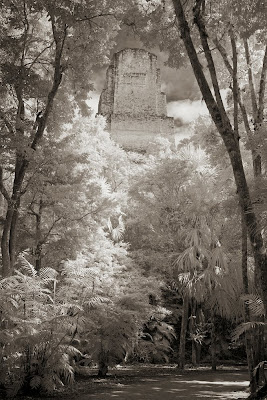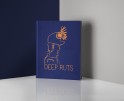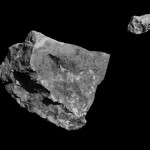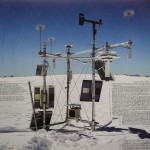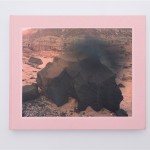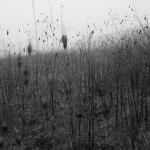Arthur Drooker
Photographer Arthur Drooker, spent several decades photographing the world in the present until he realized that his interest was exploring the past. His photographs of ruins, in the United States and in the Americas to the south, merged his passions for history and photography. He is drawn to these sites to “understand those who came before us, preserve what they left behind, and restore what they’ve built to our collective memory. In this act of creation, I confront my own mortality and become most alive.”
While on location in 1995, as a writer-director for the A&E series, Civil War Journal, Arthur made his first photographs of ruins—the charred columns of Windsor, the famed antebellum mansion in Port Gibson, Mississippi. However, it wasn’t until a 2004 trip to the temples of Angkor in Cambodia that he began a photographic project around the subject. He identified twenty-five sites around the country and began his journey to create a unique photographic record of American ruins. His first book, American Ruins (Merrell, 2007), was an award-winning critical and commercial success that was featured on CBS Sunday Morning.
His new project and book, Lost Worlds: Ruins of the Americas (ACC, 2011) expand on Arthur’s explorations, featuring elegant black and white photographs of significant ruins in Mexico, the Caribbean, Central America and South America. A traveling exhibition of prints from the book opens at the Art Museum of the Americas in Washington, D.C. on December 5th, 2011.
I have three criteria for selecting these sites: They have to be preserved as historic ruins; they must make a distinctive architectural and geographic contribution to the series; and they should be suitable subjects for infrared photography, a medium that best evokes their inherent mystery.
Images from Lost Worlds: Ruins of the Americas
Machu Picchu, Urubamba, Peru
Infrared light is invisible to the human eye, but I use a specially adapted 35 mm digital camera to record it. Infrared’s ethereal effect illuminates the otherworldly atmosphere that haunts ruins, allowing a photographer to transcend mere documentation and capture the elegiac beauty of crumbled walls, weathered facades and broken arches as no other format can.
Pyramid of Niches, El Tajin, Veracruz, Mexico
In making these images, I expand on a tradition established by pioneering photographers such as Timothy O’Sullivan, Claude Joseph Desire Charnay and William James Stillman, who first brought images of antiquities to the public. Now it’s my turn, using technology they never could have imagined, to respond to a question posed in 1855 by Abel Fletcher, a writer for the Photographic and Fine Art Journal. His query, a plea really, seems just as relevant now as it did then:
“Are not these monuments of former ages calling upon us, as artists, to come and secure their shadows by the pencil ray of Heaven, ere their crumbling forms shall pass away forever?”
Artillery Officers’ Quarters, Brimstone Hill Fortress, St. Kitts
Pyramid of Kukulkan, Chichen Itza, Yucatan, Mexico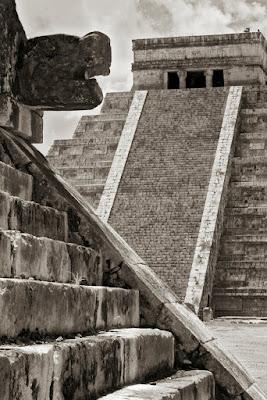
Stela F, Copan, Copan Ruinas, Honduras
San Nicolas de Bari, Santo Domingo, Dominican Republic
Monasterio de San Francisco, Santo Domingo, Dominican Republic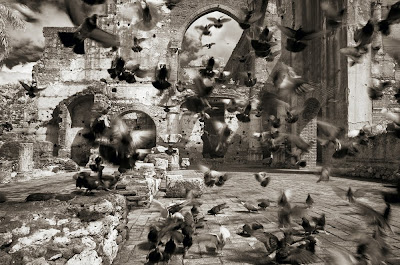
La Pagerie, Trois Illets, Martinique
Panama Viejo, Panama City, Panama
San Ignacio Mini, Misiones, Argentina
Fort San Lorenzo, Colon, Panama
Posts on Lenscratch may not be reproduced without the permission of the Lenscratch staff and the photographer.
Recommended
-
Earth Week: Richard Lloyd Lewis: Abiogenesis, My Home, Our HomeApril 23rd, 2024
-
Earth Week: Ian van Coller: Naturalists of the Long NowApril 22nd, 2024
-
ALEXIS MARTINO: The Collapsing Panorama April 4th, 2024
-
The International Women in Photo Association Awards: Lorraine Turci: The Resilience of the CrowMarch 16th, 2024
-
Julie Rae Powers: Deep RutsMarch 2nd, 2024




